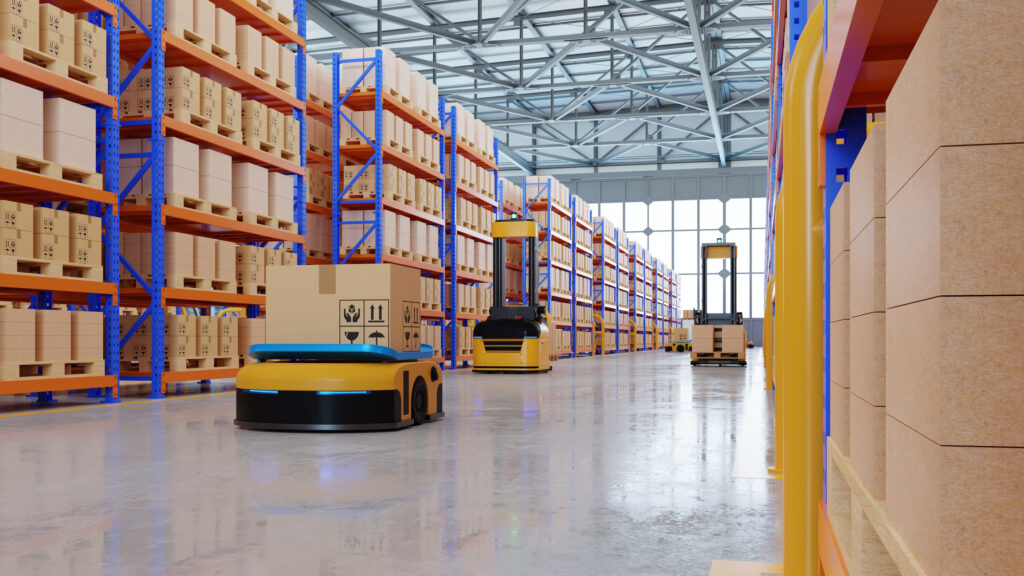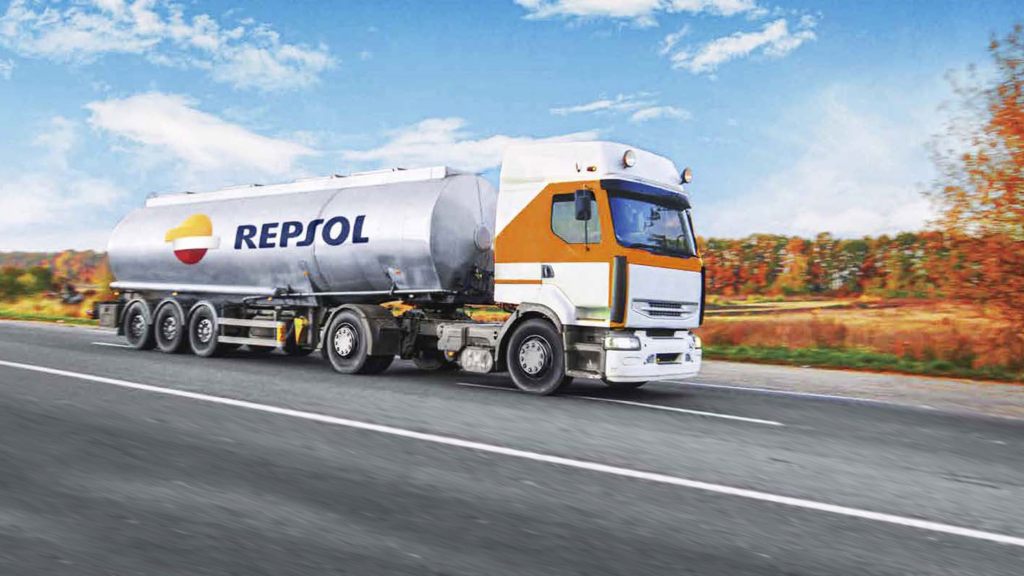
The logistics and transport sector will face innumerable challenges this year, as analyzed by the experts from the Generix Group, a company specialized in technological solutions for the management of B2B and B2C exchanges in the supply chain. Among them, stands out the challenge of merging collaboration between human teams and robotics to optimize work processes.
“Logistics is going to need personnel, but not so much to move products within the warehouse, or to prepare shipments or do picking, but rather to control the increasingly automated activities and for tasks that provide added value. There’s a long way to go but the robotization train is already running”, says Ignacio García, commercial director of Generix Group in Spain.
Another challenge is for logistics companies to be aware of the value of working with data as part of the digitization process and the consequent control, management, savings and improvement possibilities that this process provides. Digitize and integrate operations as much as possible It will not only be a challenge, but also the gateway to the new management methods, as well as the other challenges that will have to be faced and whose success will depend on being able to count on the greatest amount of information possible.
These data will be key to facing another of this year’s challenges: advance in the implementation of Artificial Intelligence, something especially relevant considering that it is estimated that this year it will be adopted, to a greater or lesser extent, by 75% of logistics companies. With the information collected, predictive analytics can be fed that allows inventory management and route optimization through algorithms that learn from data integration. In this way, you can be prepared in advance with finished products and optimized routes before customers place their orders.
An environment full of uncertainty
This 2023 the logistics and distribution sector will have to face challenges in a context marked by uncertainty based on three concrete realities. The first of these is related to the situation that China is going through in reference to the spread of covid-19.
Some sources estimate that 80% of the population of the Asian country could be infected in the month of January alone, which It represents about 1,130 million people. In Europe and other countries around the world, urgent restrictive measures have been taken for travelers from China, which is not only gigantic in size, but also logistically. So much so that it is a key country in global supply chains. Therefore, this new situation could give way to a new stage of problems in the global Supply Chain, similar to those experienced in the midst of a pandemic.
Another great uncertainty is closely linked to the war in Ukraine, which is dragging on with no immediate end in sight. Beyond the consequences at the human level, there are those related to the energy crisis, which has been aggravated by the armed conflict with the consequent repercussion on the price of fuel and, therefore, on raw materials and first-class goods. need.
Precisely the costs of energy for consumers and companies, as well as the pricing structure itself, were seriously altered by the excessive price of gas. The urgent measures taken by the European Union to guarantee supply, diversify sources and limit prices have increased business uncertainty. The Iberian exception has created a special situation in Spain and Portugal, but the energy futures markets for 2023 maintain a high degree of mistrust and, today, continue with high prices.



